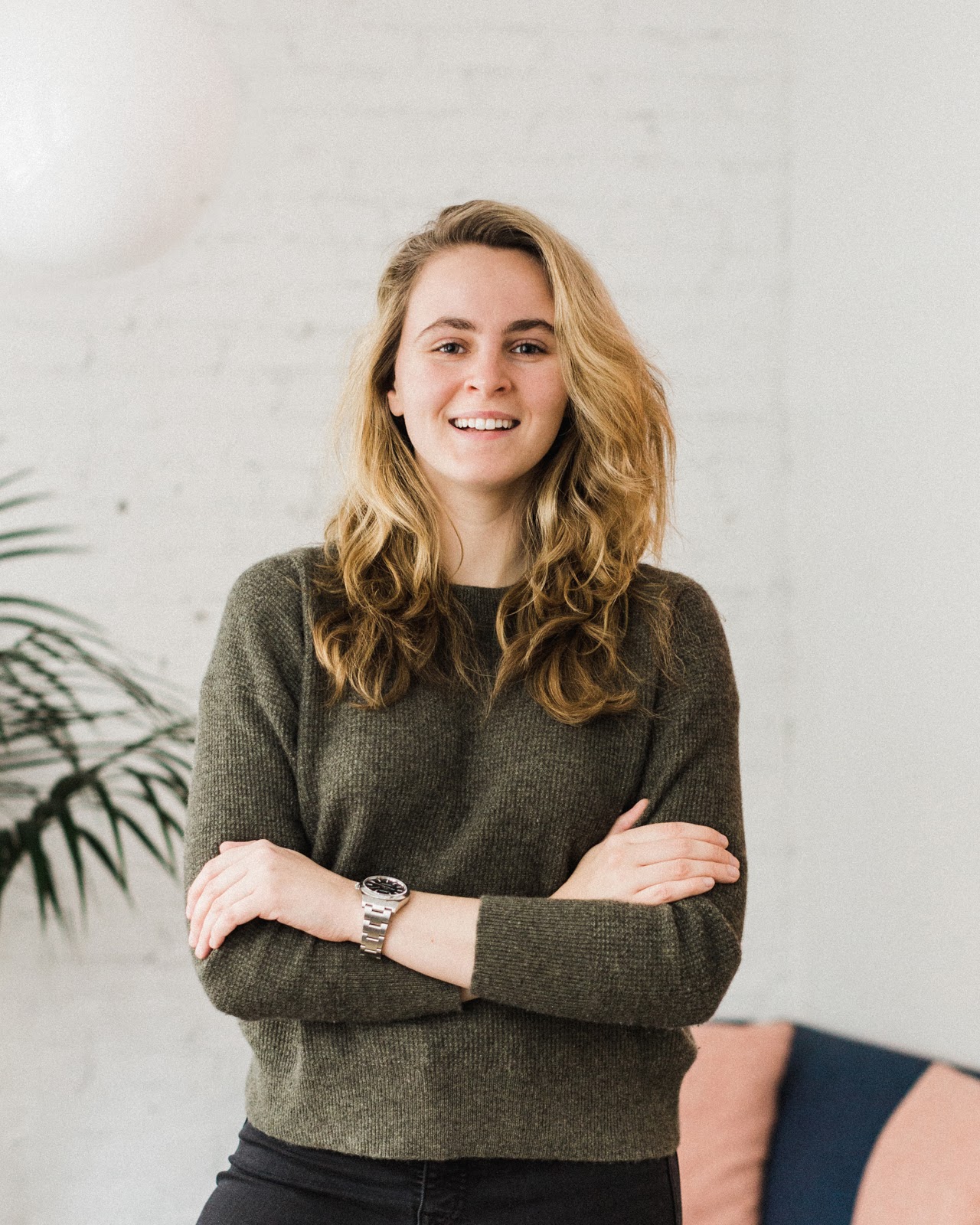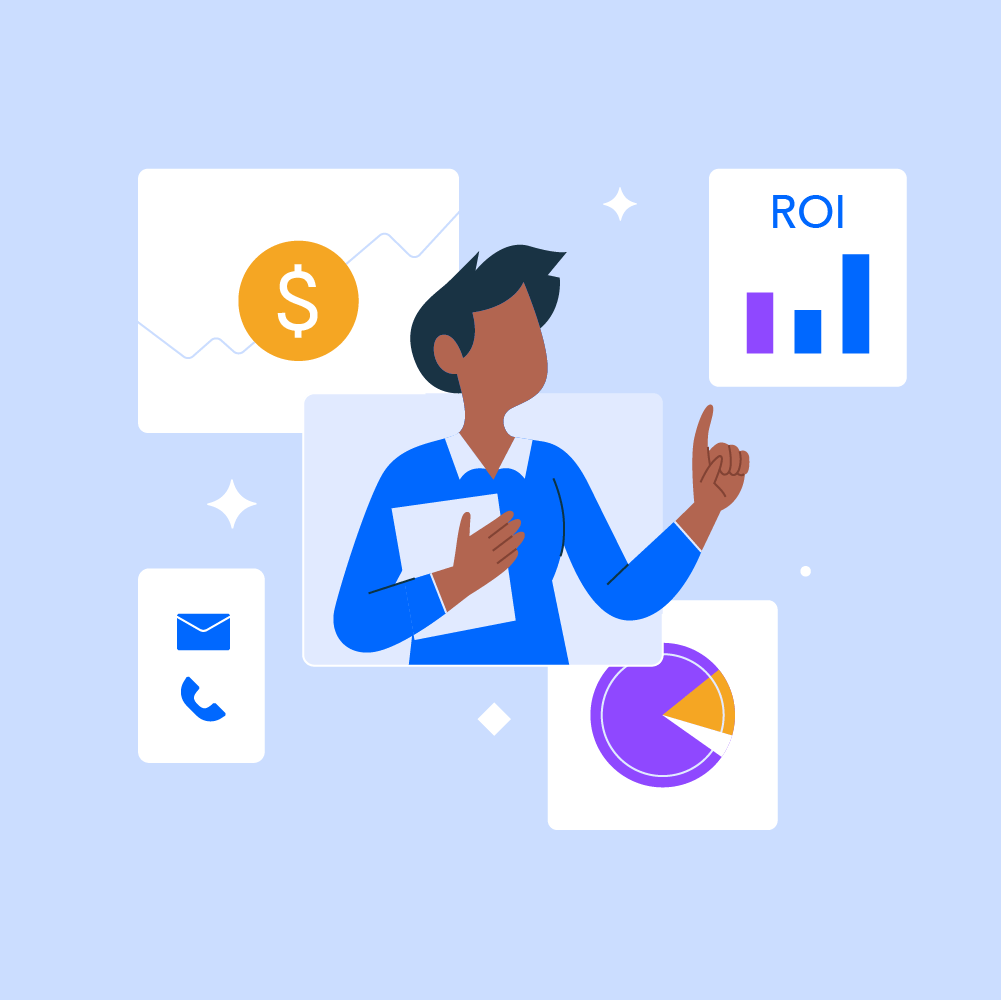

Kirsten Baumberger, Founder and Director of Partnerships at minisocial.io, helps international brands tell their stories through scalable user generated content (UGC).
Growing up in a family of entrepreneurs, Kristen was encouraged from a very young age to take the road less traveled and build something for herself. And that she did: After moving to New York, she built her company, a platform that facilitates the production UGC on demand and at scale via micro influencers, to six figures and profitability in only one year. Since then, she’s raised capital to build new tech and scale more effectively — while still sharing that a secret to her success is to grow sustainably rather than move too fast.
We asked Kirsten about her journey founding and growing the company, from developing its infrastructure to acquiring customers from scratch to the ins and outs of the fundraising process.
Q: Tell us the story behind your company’s founding: What led you to start this business?
A: My co-founder and I moved to New York in the summer of 2016 with a suitcase each on an overnight bus from our hometown of Columbus, Ohio. To help make ends meet while living and working out of a tiny Brooklyn apartment, I began taking digital marketing and social media consultation gigs. The work kept coming until the fledgling consultancy had grown to be my full time job and Austin was able to join me.
Our flagship offering quickly became our micro influencer management service, which we used as a content pipeline for our clients’ digital channels (social, acquisition, the site, email, etc). After too many client requests to count, we spent the better part of 2018 building the legal and logistical infrastructure for minisocial.io. We launched the product on January 1, 2019 and in our first year we scaled the business from zero to six figures and profitability through cold calls, referrals, and organic leads alone.
Q: What problem does your company solve?
A: Millennials and Gen Z respond overwhelmingly more favorably to UGC than traditional media, but that content is costly and time-consuming for companies to produce at scale. minisocial.io helps brands produce UGC assets that move the needle across their marketing channels, from organic social to acquisition, their website to print advertising while also providing the lift associated with traditional influencer amplification.
Q: In what ways do you think differently about your industry than others do?
A: Most marketers view influencer activations as an amplification tool. While there’s no denying the power influencers (micro or otherwise) in communicating a brand’s message, we view our campaigns as a content pipeline first and foremost. Since our campaigns are designed to compete dollar-for-dollar with traditional influencer activations in terms of amplification, we’d rather a brand work with dozens or hundreds of micro influencer creators who each produce content and activate it on their channels, generating a library of valuable content, as opposed to working with a single traditional influencer.
Q: What’s one thing you wish you had known before starting your company?
A: The single greatest resource anyone has is their network. As relative newcomers to New York, Austin and I did not yet have the built-in connections that New Yorkers have after decades working in the city, but what we did have was bandwidth and a steady internet connection. We built our networks (and our client base) from the ground up via cold calls, organizations, and LinkedIn DMs.
Q: What has worked for you in terms of customer acquisition? What hasn’t worked?
A: minisocial.io was built on the back of cold calls, referrals, and organic leads. We started the company with cash on hand and did not have the budget to allocate towards traditional UA. In lieu of that, we beat the pavement, reaching out to relevant companies within our target market to share our work, published compelling case studies, and relied on the inherent social vitality of our work.
Q: How have you been able to differentiate yourself in terms of product offerings, marketing, positioning or leadership?
A: Unlike the other players in our space, the North Star for a minisocial.io campaign is not amplification, it’s creative output. With an industry-leading asset license (our clients can use photos and videos from their campaign anywhere they like in perpetuity) we view our campaigns as a content pipeline first and foremost while also offering the amplification benefits associated with a traditional influencer activation as the cherry on top.
Q: What’s been the #1 lesson you’ve learned about hiring since you started your company?
A: One of our peers, Sam Gimble (an exited edtech founder), once told us “don’t hire until it really hurts not to.” At minisocial.io, we’ve been really strategic with our overhead by limiting who we’ve brought into the fold by introducing automation, leveraging contractors, even cutting our WeWork in favor of a remote-first strategy at the beginning of the year. It’s a strategy that’s (begun) to pay off for us and other fellow “camel” brands, allowing us to stay nimble, achieve profitability early, and shrug off whatever the economy throws at us.
Q: What is one challenge you have faced as a female founder? What advice would you give to other entrepreneurs in a similar situation?
A: It’s no secret that fundraising as a woman is still a challenge — only 2.7% of venture funding went to women founders in 2019. As we began our search for the right partners, I wanted to make sure we were getting into a relationship with the right investors, so I often did the initial outreach. Sure, we may have had a better hit rate if Austin had facilitated the first interactions, but it may have meant bringing on an investor that wasn’t right for our business. To founders starting their fundraising journey, trust your gut and don’t be afraid to walk away from a potential deal if it’s not a good fit.
Q: At what point in your business did you decide to fundraise? Why was this the right time and right approach for your company?
A: When we soft launched minisocial.io, we did not offer unpaid betas, we just hit the ground running. During that year we were able to build a roster of stellar case studies showing the results of our campaigns, build out a database of creators, and build a profitable company. Austin and I had a handshake agreement that we’d be stingy with our equity for a year, not take on a dime of outside investment until we’d had a chance to prove the concept at a service-level, and we stuck to it.
After a year of figuring out what mini was and where it was headed, we knew the time was right to bring others into the fold. Beginning with Emmett Shine, the former founder of Gin Lane (the branding agency which brought you Warby Parker, Harry’s, Sweet Green, and just about every other D2C unicorn) and Alex Pattis (a New York-based angel investor) as advisors and advocates, we began laying the groundwork for our first round, a pre-seed round to fund the construction of a version 2 platform which introduced new technologies (machine learning and automation) into our workflow, allowing mini to scale more efficiently through the end of 2020 and beyond.
Q: How did you identify and approach the right investors?
A: As a company that was already cash flow positive and self-sustaining, we had the luxury of shopping around quite a bit for the right partners. With the knowledge that non-dilutive funding options existed for us, our focus on the round was finding partners who brought more to the table than just their capital. We looked for former founders and operators who had been in our shoes before and understood the mindset of an entrepreneur. We accepted an offer from Elizabeth Yin and the team at Hustle Fund because of their track record as a fund and individual operators.
Q: If you could start all over again, would you do anything different about how you fundraised?
A: I’d say it’s too early to say. As first-time founders and first-time fundraisers it was overall a very positive experience from us and we were able to walk away with partners that we believe in and who believe in us.
Q: What advice would you give someone starting out on the journey you’re on?
A: Don’t rush it. There’s a temptation to take on funding too quickly, to scale too rapidly. We’re big believers in beta, and when we built minisocial.io we spent a full year understanding the product, working with our customers, and working with our influencers to build the fundamentals for a healthy business long-term. By fully understanding what we were looking to accomplish, we were able to approach our fundraising round as an opportunity to add force multipliers to our leadership team, fill in gaps in our own knowledge, and set ourselves up for growth that’s sustainable.
Dreamers & Doers is a private collective which amplifies the entrepreneurial pursuits of extraordinary womxn through high-impact resources, community and mutual support. It is supported by a global ecosystem of 30,000 womxn. Learn more about Dreamers & Doers and sign up for their monthly carefully curated list of top career and entrepreneurial resources.
You can find more stories from incredible female leaders in the Crunchbase “Female Founder Series,” a series of stories, Q&As, and thought-leadership pieces from female founders who overcame the odds, raised funding, and are now leading successful companies.





